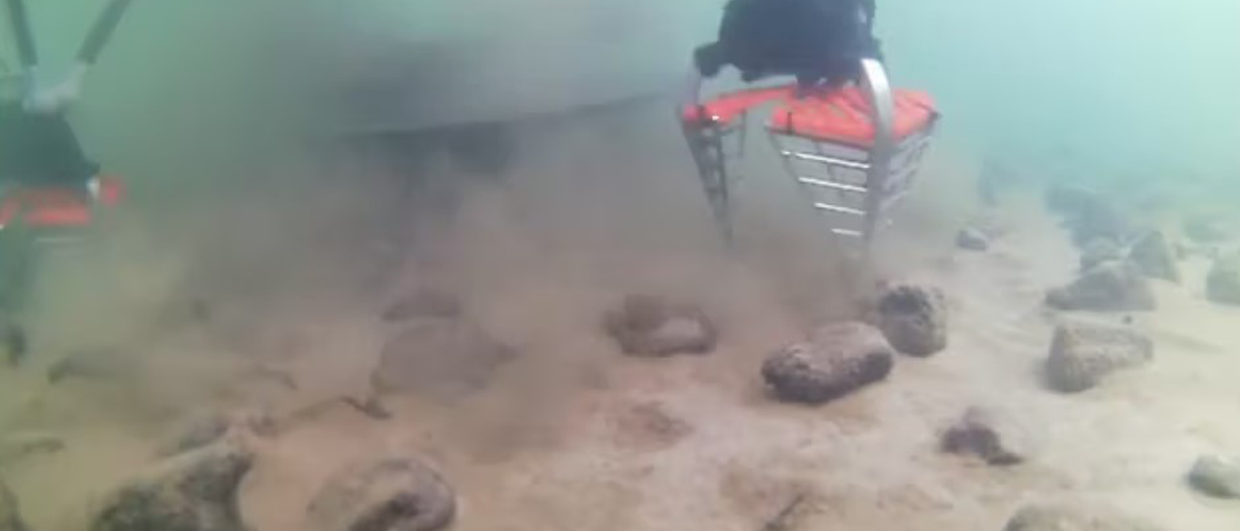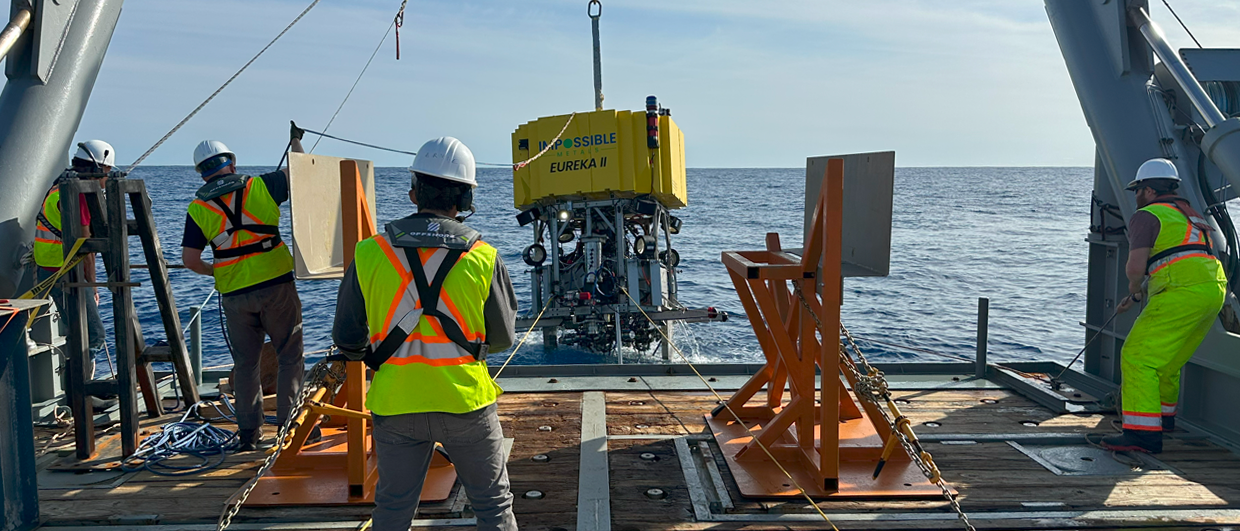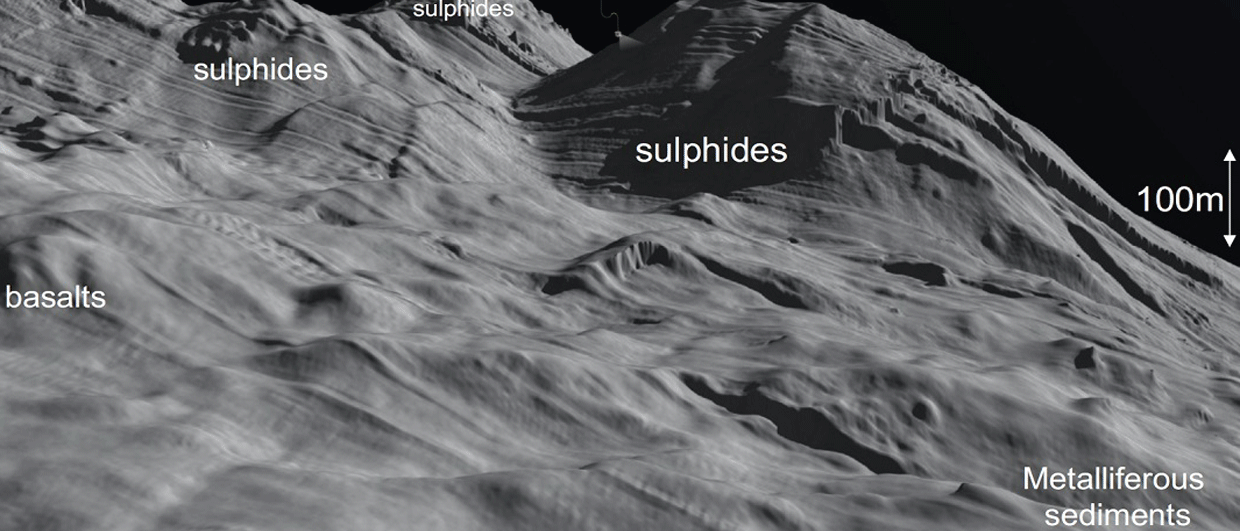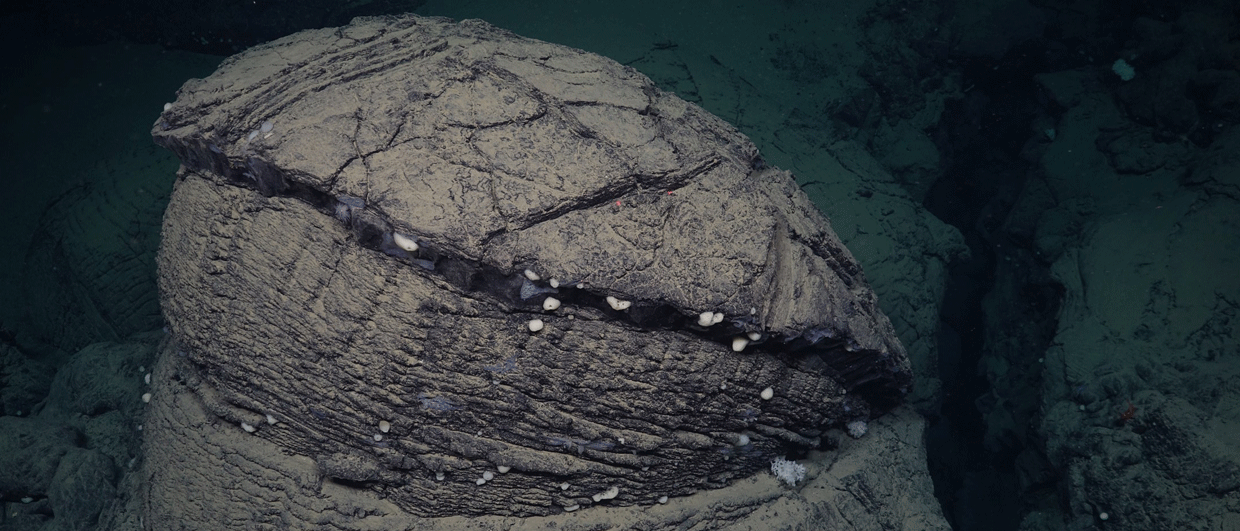“A fundamental question regarding the scale of the sediment plume is what fraction of the sediment disturbed by a collector vehicle would be deposited locally at the mining site versus what fraction of sediment would be transported away by background currents and with what characteristics.”
Science Advances article, September 21st, 2022
One of the environmental issues concerning deep-sea mining is how mining equipment and activities on the seafloor may stir up sediments and produce sediment plumes (underwater “dust clouds”).
Last year, a team of researchers from MIT and Scripps Institution of Oceanography conducted a study in the Pacific Ocean, more precisely in the Clarion-Clipperton Zone (CCZ) which is roughly located between Mexico and Hawaii.
The CCZ is considered to be the largest manganese nodule field in the world, and these nodules may supply a large portion of the future need for metals for renewables and batteries.
Geoforskning.no: The deep sea potato fields
The researchers equipped a prototype of a nodule collector vehicle with instruments and then let the vehicle drive and perform manoeuvres across the seabed. The collector stirred up the sediments, and the researchers monitored the sediment plume and measured its properties.
The results, recently published in Science Advances, were somewhat surprising. The vehicle created a dense plume behind it, as expected. However, only a small fraction of the sediments was detected higher than 2 metres above the seafloor, while the majority of the plume – 92–98% – stayed below 2 metres.
The low-lying plume was described as a dense cloud that behaved almost as a separate fluid. This is known as a turbidity current, which is a type of gravity current.
“It’s quite a different picture of what these plumes look like, compared to some of the conjecture. Modelling efforts of deep-sea mining plumes will have to account for these processes that we identified, in order to assess their extent”, says Thomas Peacock in this news story by MIT.
Peacock is one the researchers behind the study and a professor of mechanical engineering at MIT.
He will also give a talk at the upcoming Deep Sea Minerals Conference in Bergen, October 26–27.
According to Peacock, the low-lying plume stayed below two metres above the seafloor and kept spreading laterally for some tens of minutes until it “ran out of steam” and settled on the seabed.
These observations contrast with the general belief that the sediment plumes generally rise higher into the water column. This could potentially mean that deep-sea mining does not create sediment plumes that travels far and settles over large areas.
The MIT article states, however, that there is no guarantee that the sediments always stay there (within two metres above the seafloor) rather than drifting further up in the water column. This was, after all, just a single, small-scale experiment.
Recent and future studies by the research team will keep adding to our understanding of plume behaviours.
“Our study clarifies the reality of what the initial sediment disturbance looks like when you have a certain type of nodule mining operation.”
“The big takeaway is that there are complex processes like turbidity currents that take place when you do this kind of collection. So, any effort to model a deep-sea-mining operation’s impact will have to capture these processes”, says Peacock.
The goal for the research team is to consolidate our understanding for deep-sea mining sediment plumes. With these latest published observations, it seems the team has inched a bit closer to this goal.
On October 26th, Thomas Peacock will give the talk “Advancing the State of the Art in Monitoring of Nodule Mining Sediment Plumes” at the Deep Sea Minerals 2022 conference in Bergen.
Browse the program and book your tickets here.
RONNY SETSÅ
Featured image: Illustration of the plume spreading behind a collector vehicle as it picks up polymetallic nodules. Three cross sections of the plume are shown to illustrate the evolution of the plume. Source: Science Advances.





